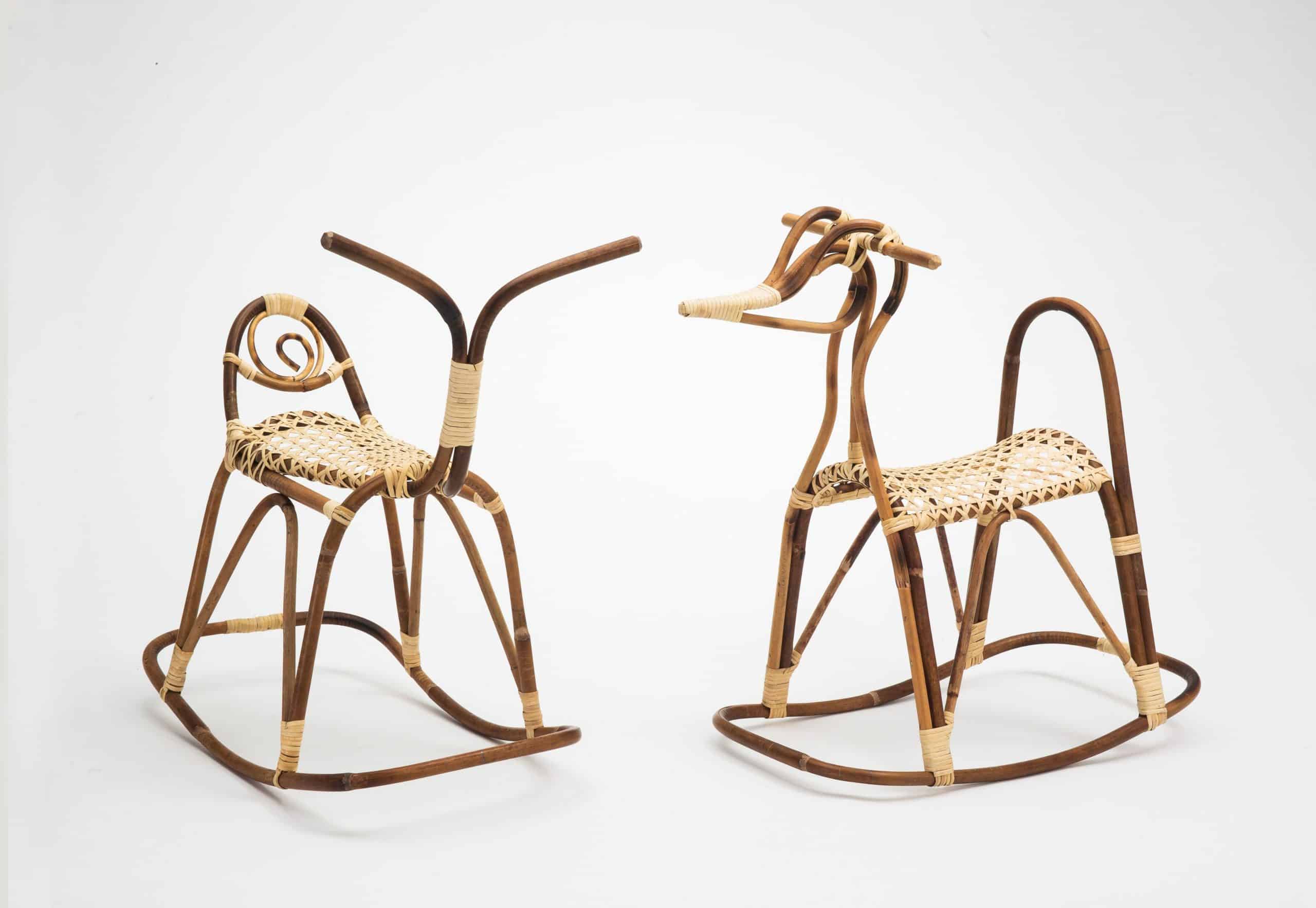
East: Local Design in a Global Context
What is the East? This question is at the foundation of the works selected for this exhibition, which were first presented during Jerusalem Design Week 2019. These works were created by Israeli and Palestinian designers who have given different interpretations to the concept of “East” in a local context. Some turned to a biographical-personal perspective, as individuals living an intercultural experience between the Middle East and Western Europe. Others focused on the historical and geographic context of the State of Israel in general, and Jerusalem in particular, both as a crossroads of cultures and an encounter between them. The works combine traditional local techniques with contemporary technologies. Although some are practical objects, they were created as a unique item with artistic value and were not mass produced.
The design choices of the artists reflect their world view as well as the culture in which they live. The installation “Trojan Camel” reflects the link between East and West represented by a flying camel – the logo of the Near East Fair, which was held in Tel Aviv in 1932. The ambitious vision of the fair was to position Tel Aviv as a trade hub between Europe and Asia. The flying camel combines a local animal with wings that symbolize modern technological progress. The work “Between the Arches” treats the arch as a Western architectural unit that connects Europe and the Middle East. The Roman Empire, which disseminated its culture around the Mediterranean, left its mark, represented by the artist in the arch. The “Common Thread” project is a tangible manifestation of the bond between East and West Jerusalem. The project sheds light on Palestinians from East Jerusalem who work at the Hansen House Center for Design, Media and Technology, located in West Jerusalem’s Talbiyeh neighborhood. The calligraphic and drawing work “Shany Abdullah Naji” expresses, through the personal biography of the designer’s family, the changes that immigrants from the Near East underwent when they came to Israel. In “The Matchmaker,” seven young Palestinian designers collaborated with traditional artisans combining traditional local crafts with contemporary designs.
Jerusalem Design Week 2019 was held at the Hansen House under the direction of Ran Wolf and Chen Gazit; curator: Tal Erez; artistic director: Anat Safran. The projects and the exhibitions from which the works were selected were: “Across the East,” curators Tal Erez, Anat Safran; “The Matchmaker,” curators Daniel Nahmias and Tariq Nassar; “Flying Camels,” curators: Hadas Zemer Ben-Ari and Gilad Reich; “HIT (Holon Institute of Technology) at Jerusalem Design Week 2019,” curator: Galina Arbeli; and “Common Thread,” curators: Itay Blumenthal and Amir Zobel.
Jerusalem Design Week is an initiative of the Ministry of Jerusalem and Heritage Affairs and the Jerusalem Development Authority. Held annually, the event is managed by Ran Wolf: Urban Planning and Project Management. At each event a theme is chosen that examines situations that are particular to Jerusalem and Israel but at the same time have universal relevance. The hope is that the unique cultural landscape in Israel can become a living laboratory for urgent global issues, with the recognition that design needs to respond to such issues.
